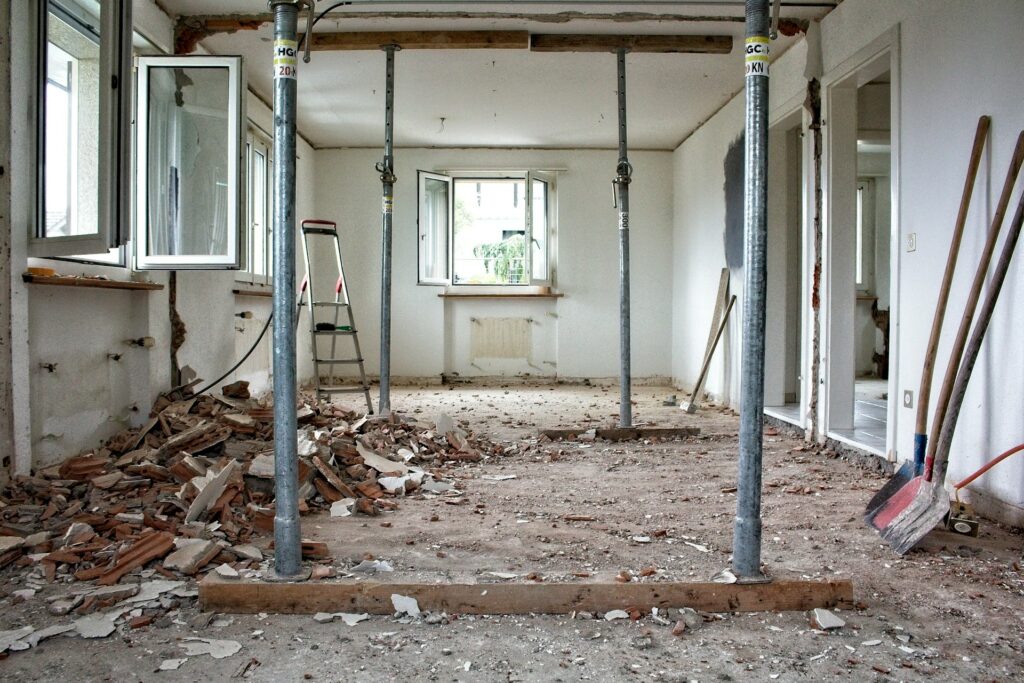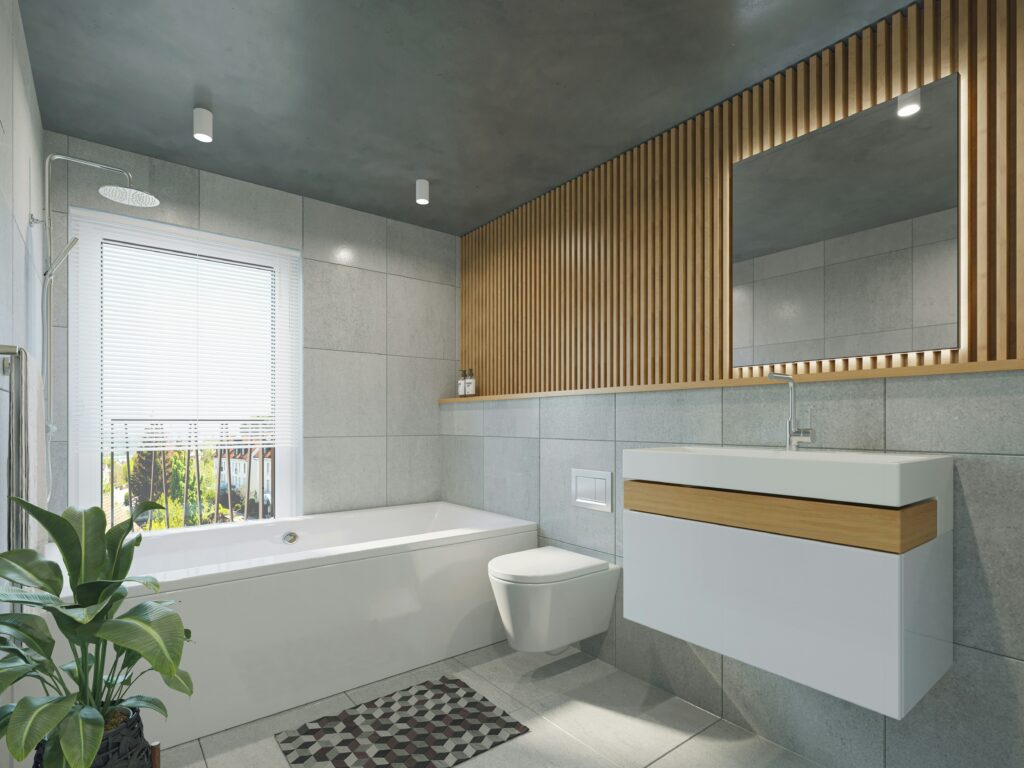Leasehold apartment living means the sound of hammering, sawing, drilling, and the occasional swear word from a frustrated contractor, is not uncommon. These are the signs of change, of improvement, or so we hope. All works carried out in an apartment can, and often do, lead to some level of disruption for other residents. It’s part and parcel of communal living. However, while we brace ourselves for the temporary inconvenience of noise and dust, there’s also the spectre of serious disruption and inconvenience when the works go awry, causing damage not just to the apartment under renovation but to others in the building as well.
What can go wrong?
The types of damage that can ensue from such works are as varied as they are vexing. They can range from structural issues, where the very bones of the building bear the brunt, showing signs of distress through wall cracks or render movements, to cosmetic blemishes caused by the relentless vibrations of drilling. More common, yet no less disconcerting, is when an escape of water from the apartment undergoing work wreaks havoc on those below. Not to mention the chaos that can ensue from interfering with communal services—imagine the joy of unexpected blackouts, no satellite signal or the sudden absence of water mid-shower.
Perhaps more gravely, there’s the compromising of fire breaks, leaving the building more vulnerable to the spread of fire, heat, or smoke. Let’s not forget about the potential harm that contractors can cause to the building’s fire alarm system or sprinklers, vital components that, when tampered with, can endanger lives.
Even the exterior of the building is not immune, with scaffolding potentially causing damage or contractors inadvertently punching holes through walls. It’s a veritable Pandora’s box of potential problems, all waiting to disrupt the residents’ day and cause aggravation to the property manager, from what was supposed to be a straightforward renovation project.
Vital LTA process
However, all is not doom and gloom, thanks to the licence to alter (LTA) process. The right LTA procedure acts as a safeguard, aiming to minimise the chance of such problems occurring. It requires leaseholders to provide thorough information about the proposed works and to pay for the services of building professionals, such as surveyors like us, M&E experts or structural engineers, all of whom act on behalf of the landlord. This team’s role is to ensure the leaseholder’s preparations and execution of the works are up to scratch.
Damage deposits
Another line of defence (and a deterrent) is the damage deposit, taken before works commence. Held typically by a solicitor, this deposit is returned in full if no damage occurs, or partially used to rectify any issues that arise. The amount of this deposit is not set in stone but should reflect the value and complexity of the works. For structural works, the release of this deposit may take months, ensuring a thorough assessment of any potential damage first of all or allowing time for structural issues to manifest themselves.
Schedules of condition
A schedule of condition, conducted at the leaseholder’s expense, serves as another safeguard and a means to pinpoint responsibility for any damage. This largely photographic report covers the internal common areas, other potentially affected apartments, and, if necessary, the building’s exterior. A comprehensive set of high-resolution photos taken in good lighting are essential to assess accurately any subsequent claims of damage.
Some problems may not surface immediately, potentially revealing themselves weeks, months, or even years later, especially if a structural deficiency is at the root. It’s the responsibility of the leaseholder undertaking the works to minimise these risks, but fellow residents also play a crucial role in reporting any issues to building management promptly. Failure to do so can complicate the attribution of blame and lead to disputes.
Avoiding unnecessary insurance claims
Any disputes relating to damage may lead to legal action or complex insurance claims involving multiple parties and so determining who pays for the damage is a process that requires quick and thorough fact-finding. If the renovation contractors are indeed to blame, the leaseholder will seek to have them pay or claim on their liability insurance. In cases where blame is elusive, building management may turn to their surveyor for a determination, make a claim on the building’s insurance or even dip into service charge funds.
With reference as to whom carries out the remedial work, perhaps not the contractor that caused the damage in the first place. Generally however, that contractor should be given the opportunity to correct any fault, especially if they have labour, access and welfare already on site.
Party Walls
Finally, it’s worth mentioning the Party Wall Etc. Act 1996, which necessitates compliance when certain, penetrative major renovation works are planned. This act underscores the importance of prevention over cure – a philosophy that rings especially true in leasehold living and is critical when embarking on major renovation works.
In the end, while the path to apartment improvement may be fraught with potential pitfalls, proper planning, adherence to the licence to alter process, and a healthy dose of mutual consideration among residents can help ensure that renovation projects enhance, rather than disrupt, communal living.
For damage control in your block of flats, speak to the licence to alter experts. We’d be pleased to hear from you.



